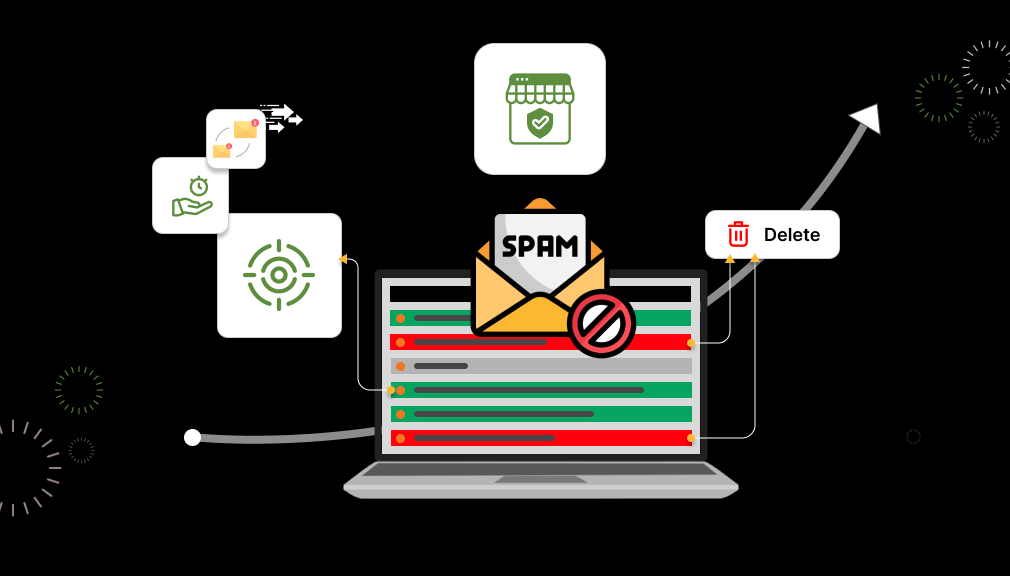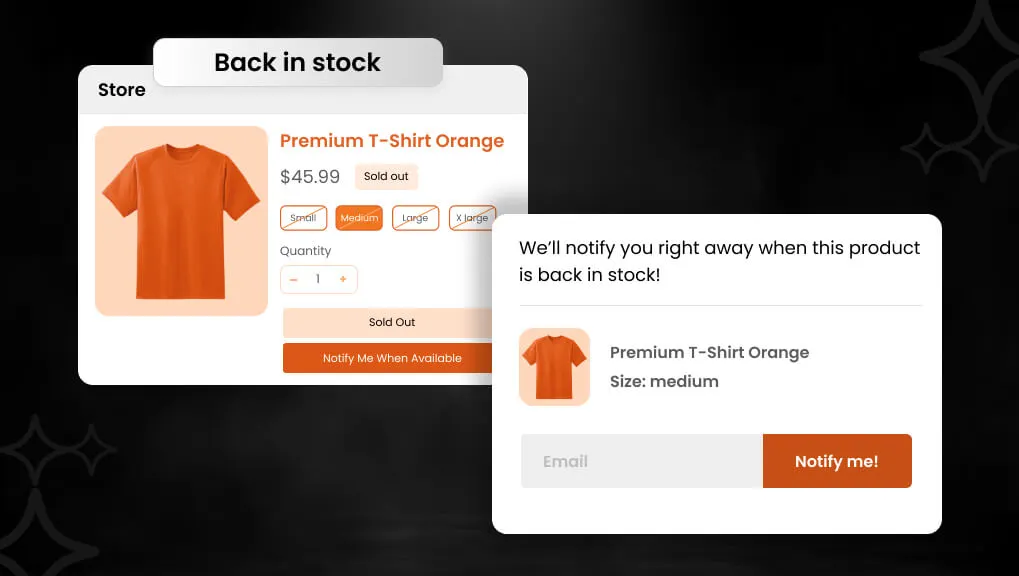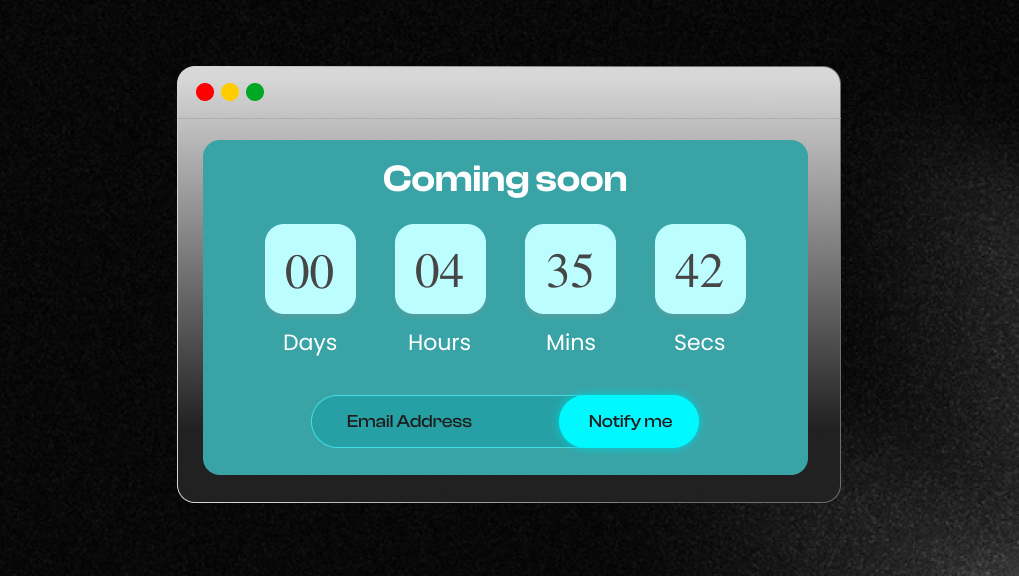Auto-Spam Detect is a new feature in Shopify. It filters fake quote requests, bots, and Spam submission requests using algorithms. This allows store owners to use their time more wisely, respond quickly to legitimate inquiries, preserve their reputation, and increase sales by only engaging with real customers. We hope this brings in genuine requests from customers and elevates the quote request process so that all businesses can thrive.
As someone who enjoys online shopping, I can tell you that Shopify stores use tools like quote request forms to contact customers. Quote request forms allow buyers to inquire about custom pricing or custom details of a product. Unfortunately, spam can make this type of tool advantageous to a Shopify store into a serious problem. When spam comes through your quote request form, it fills your inbox with fake requests and can waste time and resources.
In this blog, we will go through how to identify spam when a potential lead uses a Shopify request a quote system and how to get rid of spam. We will offer some facts, data, and common-sense procedures to keep your leads from getting spammed. The goal is to free up your time so you can continue to grow your store and not waste your time cleaning up junk.
Spam in quote requests is more common than you may think! Spam can be from bots or bad actors that send made-up forms. Spam can slow down your team’s response time for legitimate leads and end up costing you sales. Understanding your issue and considering some smart solutions can help mitigate your risk. Let’s break this down and consider everything covered in distinct sections.
What is Spam in Quote Request Forms?
Spam in quote request forms refers to junk quotes that do not come from real customers. They come from some automated bots or people having fun, and even those requests aren’t legitimate. For example, a quote request form for Shopify store owners may be flooded with submitted requests containing nonsense text (if you’re lucky) or demand “free” fast shipping, and to click links to harmful sites.
Why do we get spam submissions? Bots scan the web for open quote request forms. Bots work very quickly to submit forms and spread ads, steal data, or disrupt a process. Human spammers may be doing it to trick you into clicking on bad links. In e-commerce, we’ll see spam submissions targeting the quote request feature for Shopify stores, as these features are the easiest to access for the spammer.
When it comes to spam, it’s a serious problem; it’s estimated that spam represents nearly 49% of emails sent worldwide in 2022. Now, not all spam takes place in forms. However, a lot starts by being submitted through forms. It’s worth noting that for quote forms, bots account for the majority of the traffic. According to research from 2024, 42.1% of web traffic is composed of bot traffic, of which over 65% are bad bots, meaning that nearly half the visits to your website could be fake, meaning and spam in your Shopify request a quote systems.
Some things spam may look like:
- Entries with random words or no entries at all
- Repeated requests from the same IP address
- Forms with links to sites that are scams
The first step in evaluating spam is recognizing what spam looks like. The next step is recognizing why protecting your request a quote feature is important.
The Impact of Spam on Shopify Stores
Spam’s annoying, right? It costs you time and money, too. Let’s look at the details.
E-commerce loses billions to fraud and spam every year. $44 billion was lost to fraud and spam from online payments alone in 2024 worldwide. Not all those losses are from quote forms, but all spam leads are wasting your valuable resources. They are all fake customers which just requires you to chase fake leads. For every $100 in fake orders or leads, businesses can expect to lose around $207 in total cost, including time wasted checking them out and the opportunity cost of not trying to reach real buyers.
When we’ve looked at spam on Shopify e-commerce stores, spam hit hard on quote requests. The 2024 report showed that e-commerce was affected by 27.3% of the spam attacks. Quote forms are common targets because they collect valuable contact information. Spam leads to falsified data. You may think you have more interest than you do, which leads to bad decisions in marketing.
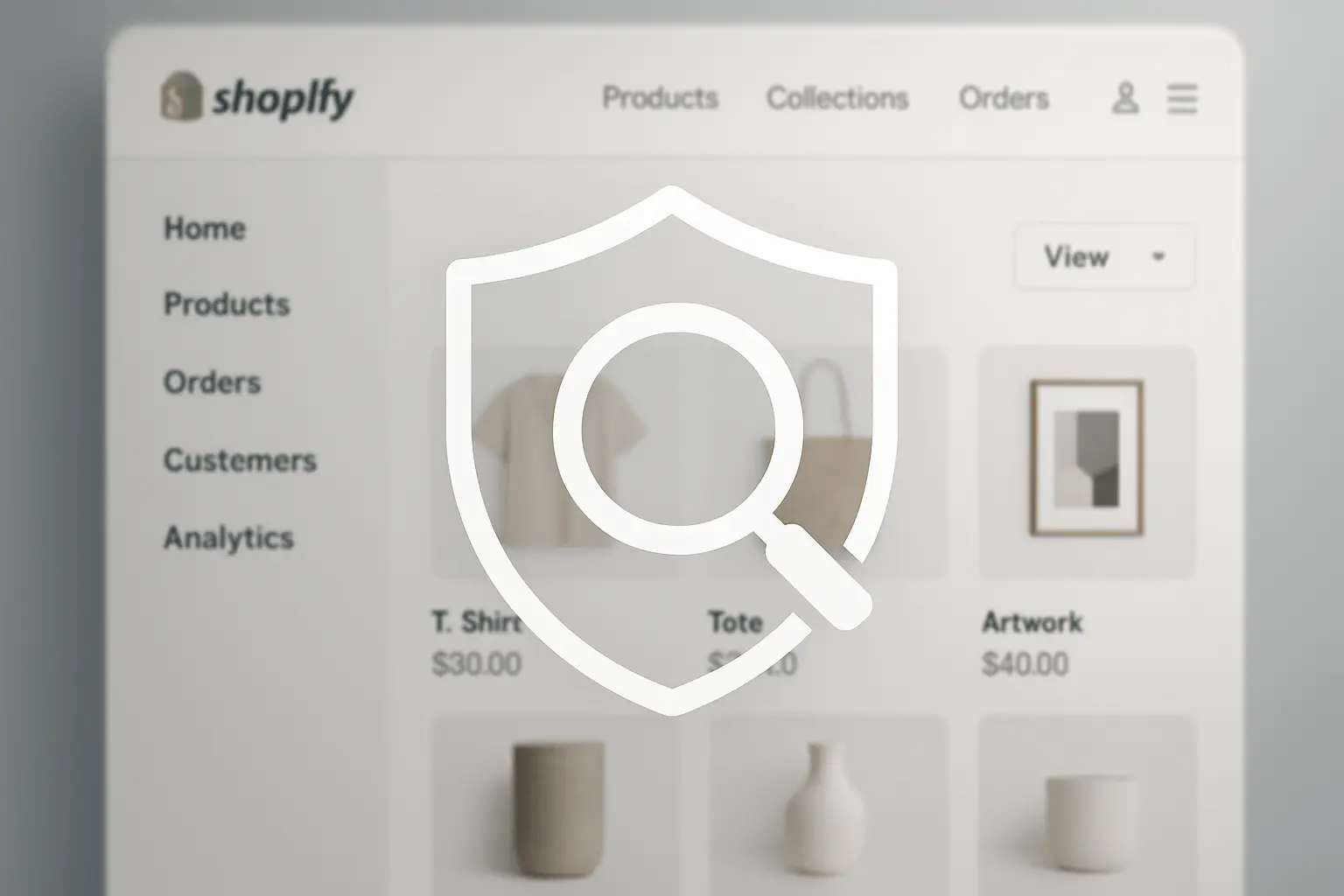
Spam is bad for your team’s output. It takes time to sort through junk. In a study noted that 66% of companies stated seeing frequent spam comments or forms. This steals time from Shopify store owners’ sales and customer service as well. If it seeps in too, it harms trust and could disrupt customer service if a customer sees fake reviews or gets some spam emails from a hacked form.
The security is real, as spam can potentially come with malware. And, with the rise of AI-powered spam attacks in 2024, it becomes more apparent to identify. As it relates to request a quote Shopify features, this could lead to data breaches. If malicious actors attain customer data, a data breach could lead to fines and lost sales.
But the upside is this: preventing spam is worth it. E-commerce stores that used spam prevention tools had improved lead quality and generally do better converting genuine quotes into sales. In 2025 data, it was recorded that 75% of e-commerce businesses plan to spend more on fraud prevention. This investment can potentially reduce loss by up to 20%.
Spam steals resources, puts security on the line, and slows growth, but you can take steps to protect yourself against spam.
How Spam Enters Quote Request Forms on Shopify
Spam weasels its way in through vulnerabilities. If you care to learn how this happens, you can stop it from happening.
Because forms are open, they are easy to abuse. If, for example, your quote request form on Shopify has no protection, a bot can submit it year-round, at any hour of the day. Bots run scripts to make entry field population very quick and easy. If we remember the example from before, bots are responsible for 42% of web traffic.
Some common entry points to spam are:
- Lack of CAPTCHA: If there is no simple check (like clicking the boxes with cars), then bots get in.
- Unprotected fields: Forms that do not check for real emails or phone numbers let in fake entries.
- Public domain: Anyone can find your request a quote page through a search engine.
Every spam bot uses tricks in the same way people do. Spammers level account users, but fake account users can sign up with a fictitious email, VPN, and other scams. Sometimes with Shopify, you without a doubt just need to have fake accounts, depending on spam accounts. One thing you can do, other than deleting or disabling spam accounts, is enable built-in spam protection; however, that may only stop some of the real spam.
Each email that comes from emails taken from forms can also end up in the spam folder. If your email with the quote(s) looks spammy, it can get overloaded. It’s a statistic that about 46% of incoming email is spam on any given day, meaning much of the style of replying is out of their hands.
The best method of stopping entry is layers. This can include using tools that check IP addresses or behaviour. For example, if a user fills out a form too quickly, it’s likely a bot.
If you understand which path spam takes, then you can put configurations in place to stop it. Immutable barriers will be next, followed by actual variables to set up.
Features of Effective Spam Detection Systems
Good spam detection keeps your quote shopify forms clean. These systems have key features that work together.
1. Say Goodbye to Spam
Not only are spam quotation requests irritating, but they can also slow down your process and make it more difficult to identify genuine leads. Advanced algorithms are used by Auto-Spam Detect to detect and eliminate bogus or unnecessary contributions, keeping your inbox tidy and orderly. Don’t waste any more time on tire-kickers or bots.
2. Save Time and Focus on Real Leads
It takes a lot of time to manually sort through spam, which takes time away from more crucial tasks. By automatically identifying and eliminating spam submissions, Auto-Spam Detect takes care of the laborious work for you. As a result, you have more time to interact with actual clients and complete transactions.
3. Improve Your Response Times
When your inbox isn’t clogged with spam, it’s easier to spot and respond to legitimate quote requests quickly. Faster response times mean happier customers and a higher chance of closing the sale. Auto-Spam Detect helps you stay on top of your game.
4. Protect Your Store’s Reputation
Due to spam submissions, real leads can sometimes slip through the cracks and that leads to delayed responses or missed opportunities. Auto-Spam Detect ensures that every legitimate lead gets the attention it deserves and helps you maintain a professional reputation and build trust with your customers.
5. Boost Your Bottom Line
Auto-Spam Detect assists you in concentrating on high-quality leads that have a higher conversion rate by removing spam and increasing productivity. The outcome? Your Shopify store’s bottom line will improve with more sales.
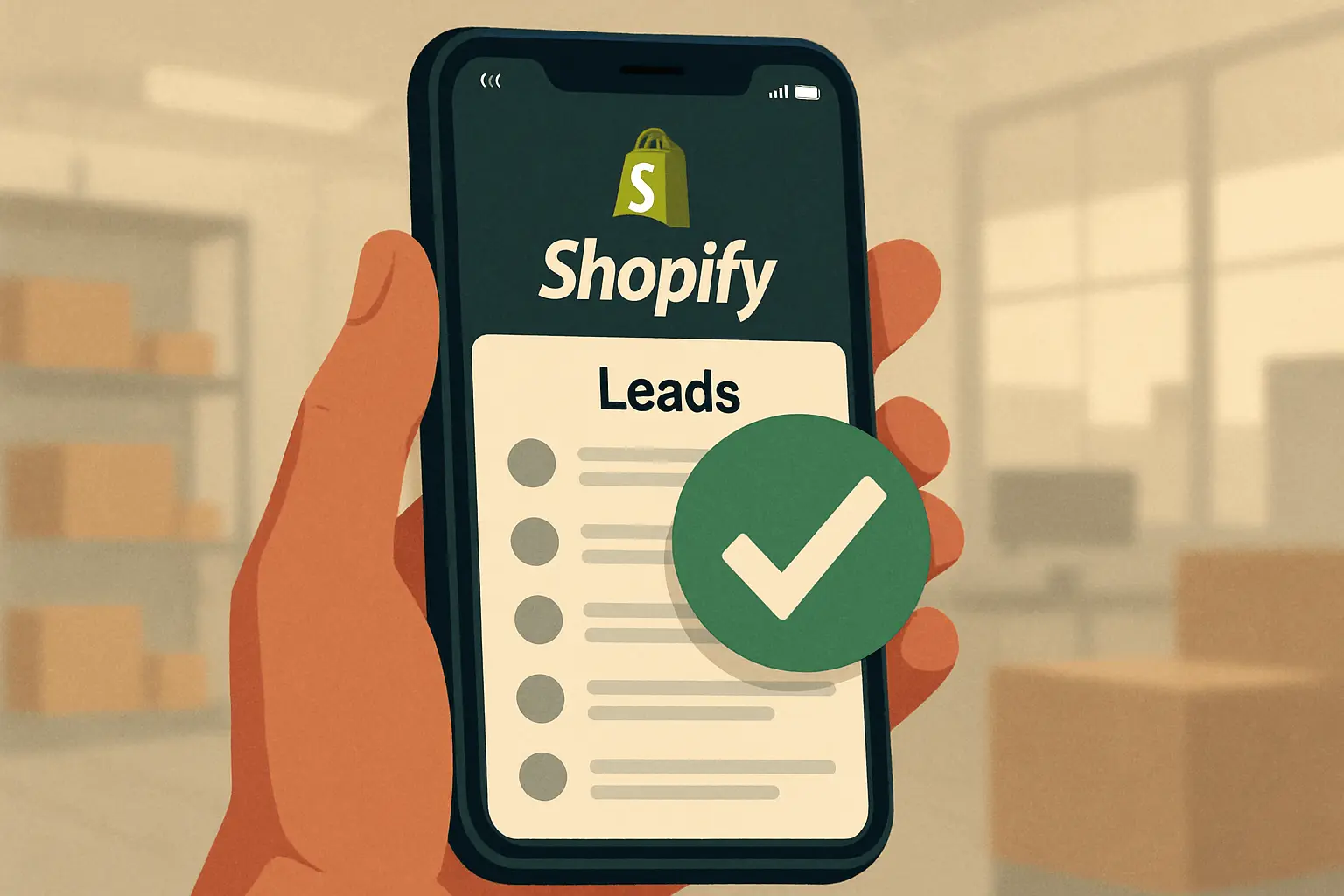
Ready to Take Control of Your Quote Requests?
If you’re tired of dealing with spam and want to streamline your quote request process, it’s time to upgrade to the GROWTH plan if you are using a free plan or install the app if you are new to this app. With Auto-Spam Detect, More monthly quotes, AI lead scoring, WhatsApp, Slack, Teams Integration, Manage labels, Custom tags & notes, Variants support and more other powerful features that you will have everything you need to grow your Shopify store.
Key Takeaways
- Spam in quote forms wastes time and money, with e-commerce losing $48 billion yearly to fraud.
- Bots make up 42% of traffic, targeting open forms like request a quote.
- Effective detection uses AI, CAPTCHA, and behavior checks.
- Benefits include saved time, better security, and higher sales.
- Implement step-by-step: scan, analyze, act, and learn.
- Prevention boosts lead quality and customer trust.
Final Thoughts
Spam detection is now a necessity for all Shopify stores using quote request systems. Spam is growing in volume and complexity. The automated protection saves merchants time, improves operating efficiency, and protects the merchant’s resources. A quality solution can often pay for itself within weeks by improving customer service and better lead management.
Smart, adaptable filters help businesses get ahead of spam, increase response times to solicitations, and focus on actual leads. For serious Shopify merchants, it’s more than just eliminating junk leads. Building real connections with customers matters! By leveraging technology, best practices, and supervision, a merchant can eliminate spam and listen to every legitimate request for service.
FAQs
What is a quote request form Shopify?
Custom price requests or a product details tool for customers. It helps with personalized sales.
How can I stop spam in my request a quote Shopify feature?
Use CAPTCHA, AI detection, and IP blocks. Monitor monitoring submissions.
Why do Shopify quotes get spam?
Forms are public and easy for bots to find. Without checks, you will get bombed with fakes.
What are the costs of ignoring spam in quote shopify?
You lose time, risk your security, and miss out on actual sales. Fraud costs billions globally.
Can free tools handle spam in request a quote forms?
Sure, the basic tools work like CAPTCHA, but for big stores, AI detection works better!
How often should I check for spam in my Shopify request a quote?
Small stores should do this daily, or use auto-tools for real-time protection.

Shopify Expert
Dipen Panchal, Shopify Tech Lead at Setubridge Technolabs, brings over a decade of expertise as a Shopify Expert. Passionate about e-commerce growth, he specializes in UI/UX design, crafting intuitive, engaging solutions tailored for merchants and B2B clients to enhance user experiences.




